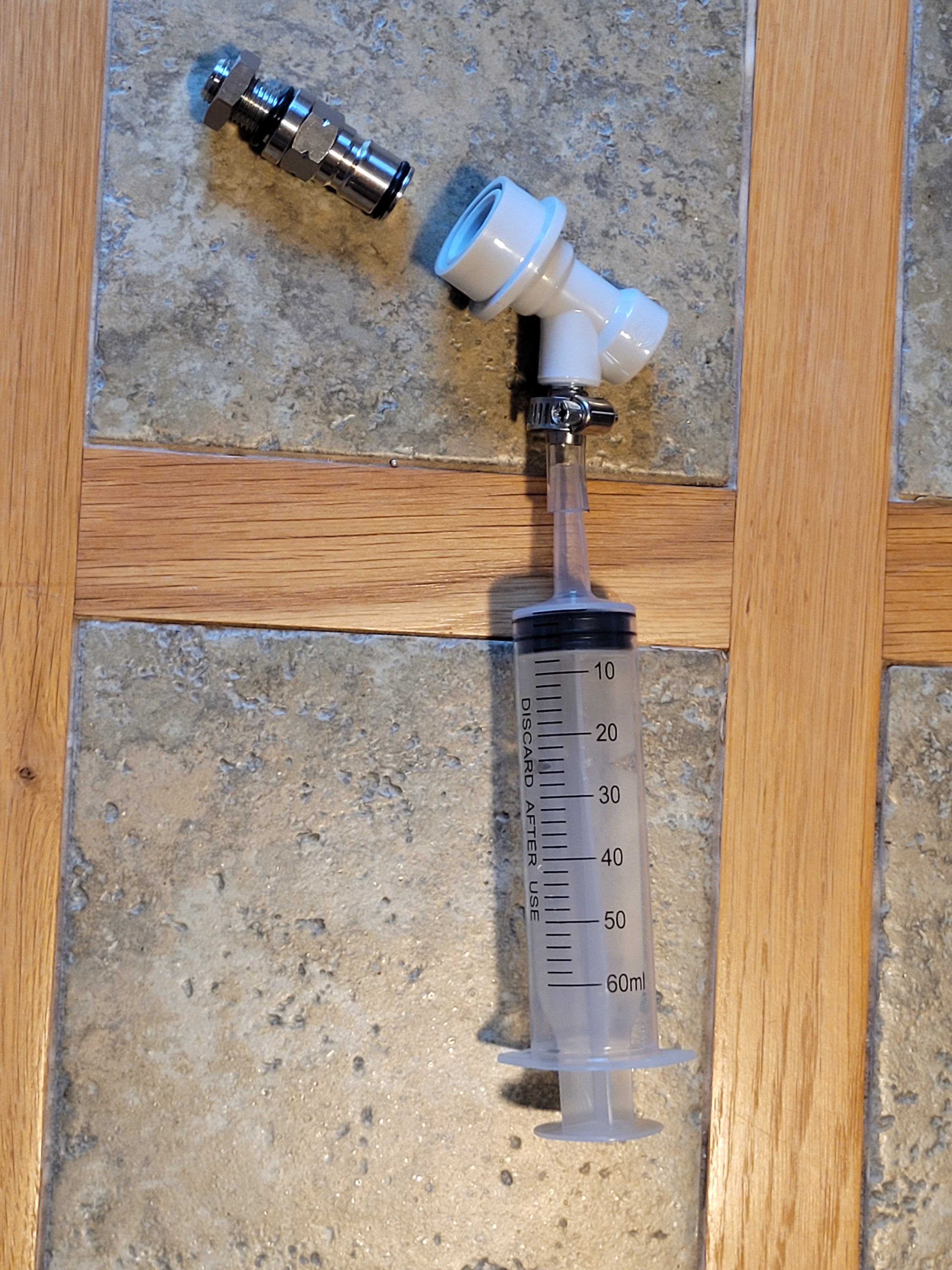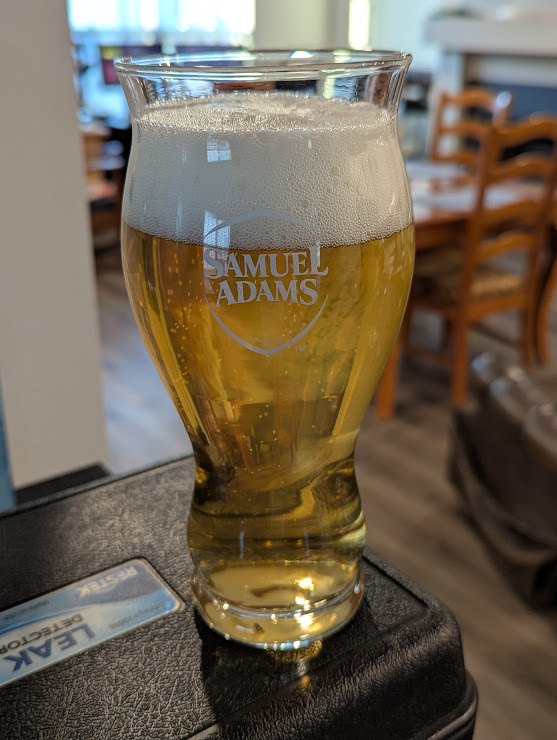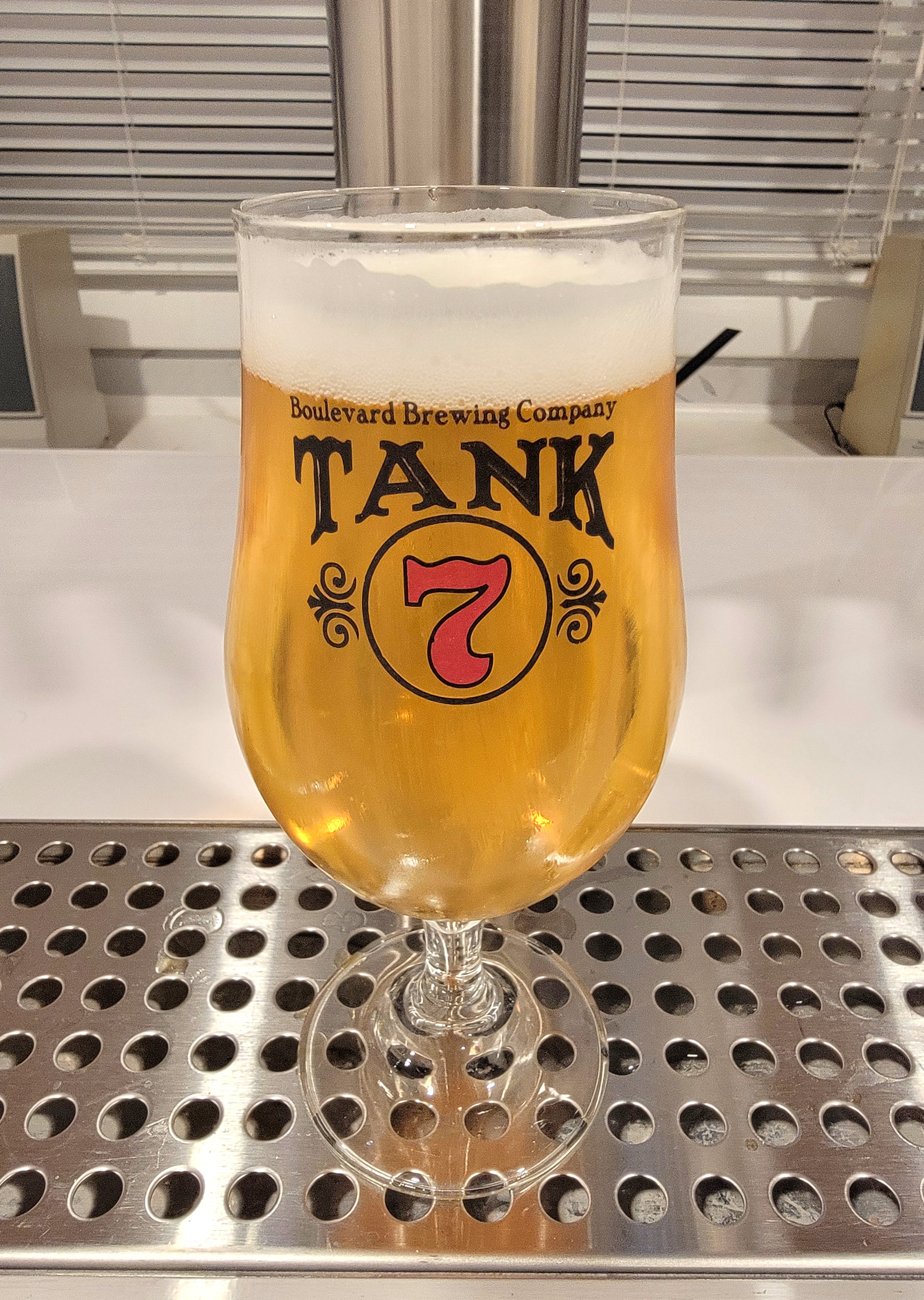I've been reading about gelatin additions to help clear up beer, but not entirely sure how I could add the gelatin without opening up the keg or fermenter (not sure when I'm supposed to add it yet either).
So I was looking on brewhardware.com and found this: https://www.brewhardware.com/ProductDetails.asp?ProductCode=syringe_60_KegDoseKit
Would that work?
Not planning to buy one right now, but just trying to get my thoughts organized ahead of time so when I do buy something, it's the right thing for the job, instead of trying to McGyver it with a piece of wire, some pvc tubing, a 12mm nut, and a AAA battery (as I am wont to do on occasion. If you looked at the touch screen head units and speaker / amp installations in my cars, you'd know it wasn't a professional job, but a professional bodge job that happens to work
(as I am wont to do on occasion. If you looked at the touch screen head units and speaker / amp installations in my cars, you'd know it wasn't a professional job, but a professional bodge job that happens to work  )
)
So yup, just trying to figure out how I would even add the gelatin before anything else.
So I was looking on brewhardware.com and found this: https://www.brewhardware.com/ProductDetails.asp?ProductCode=syringe_60_KegDoseKit
Would that work?
Not planning to buy one right now, but just trying to get my thoughts organized ahead of time so when I do buy something, it's the right thing for the job, instead of trying to McGyver it with a piece of wire, some pvc tubing, a 12mm nut, and a AAA battery
So yup, just trying to figure out how I would even add the gelatin before anything else.






















































![Craft A Brew - Safale S-04 Dry Yeast - Fermentis - English Ale Dry Yeast - For English and American Ales and Hard Apple Ciders - Ingredients for Home Brewing - Beer Making Supplies - [1 Pack]](https://m.media-amazon.com/images/I/41fVGNh6JfL._SL500_.jpg)









